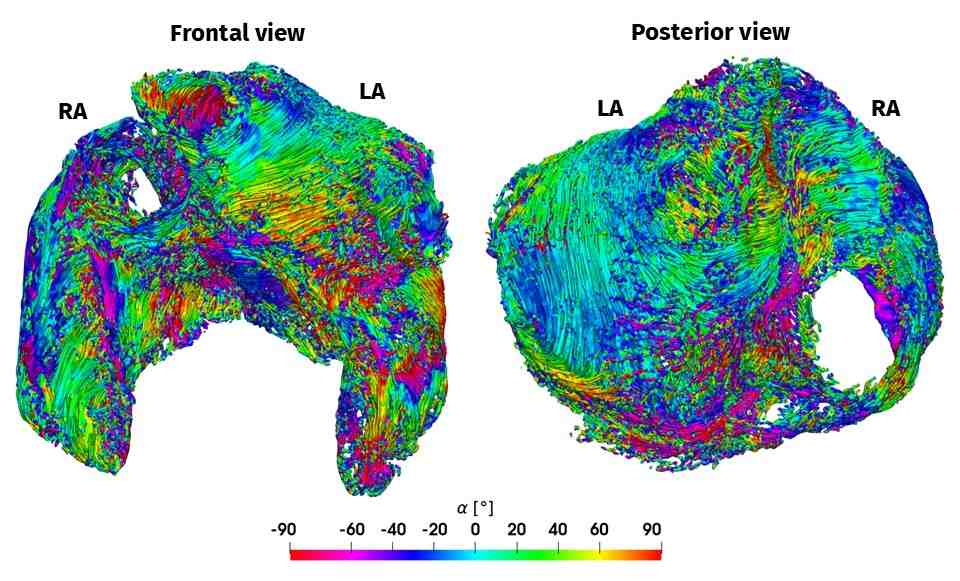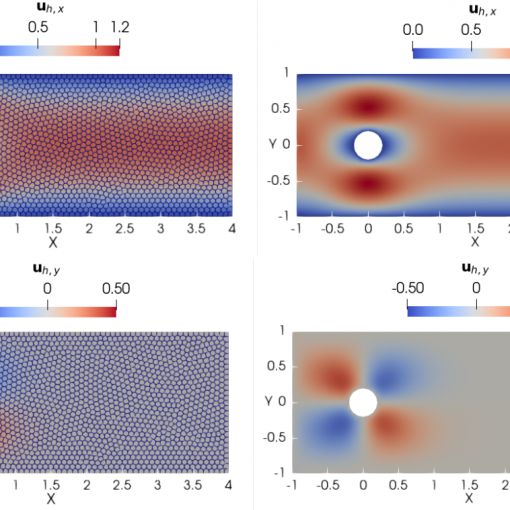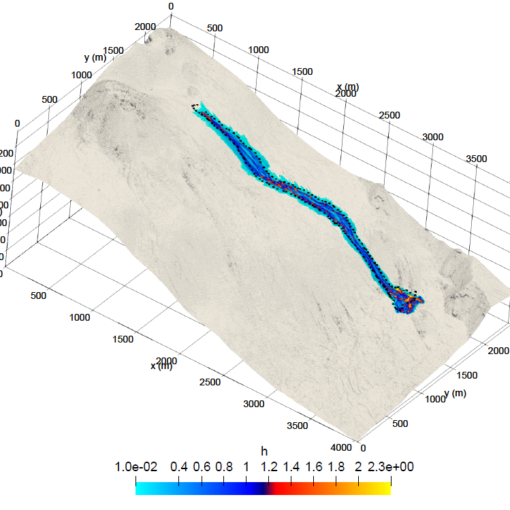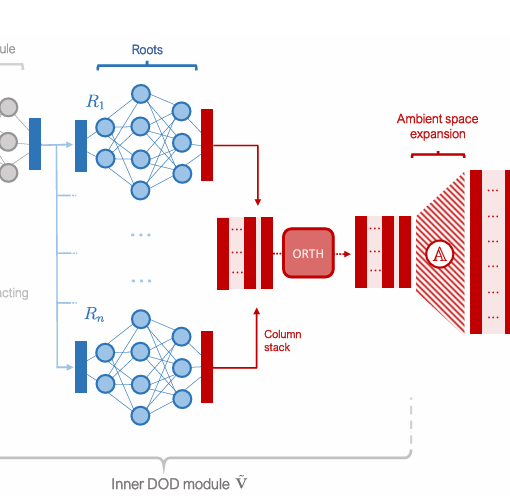A new MOX Report entitled “Defining myocardial fiber bundle architecture in atrial digital twins” by Piersanti, R.; Bradley, R.; Ali, S.Y.; Quarteroni A.; Dede’, L; Trayanova, N.A. has appeared in the MOX Report Collection. Check it out here: https://www.mate.polimi.it/biblioteca/add/qmox/77-2024.pdf Abstract: A key component in developing atrial digital twins (ADT) – virtual representations of patients’ atria – is the accurate prescription of myocardial fibers which are essential for the tissue characterization. Due to the difficulty of reconstructing atrial fibers from medical imaging, a widely used strategy for fiber generation in ADT relies on mathematical models. Existing methodologies utilze semi-automatic approaches, are tailored to specific morphologies, and lack rigorous validation against imaging fiber data. In this study, we introduce a novel atrial Laplace-Dirichlet-Rule-Based Method (LDRBM) for prescribing highly detailed myofiber orientations and providing robust regional annotation in bi-atrial morphologies of any complexity. The robustness of our approach is verified in eight extremely detailed bi-atrial geometries, derived from a sub-millimiter Diffusion-Tensor-Magnetic-Resonance Imaging (DTMRI) human atrial fiber dataset. We validat! e the LDR BM by quantitatively recreating each of the DTMRI fiber architectures: a comprehensive comparison with DTMRI ground truth data is conducted, investigating differences between electrophysiology (EP) simulations provided by either LDRBM and DTMRI fibers. Finally, we demonstrate that the novel LDRBM outperforms current state-of-the-art fiber models, confirming the exceptional accuracy of our methodology and the critical importance of incorporating detailed fiber orientations in EP simulations. Ultimately, this work represents a fundamental step toward the development of physics-based digital twins of the human atria, establishing a new standard for prescribing fibers in ADT.





